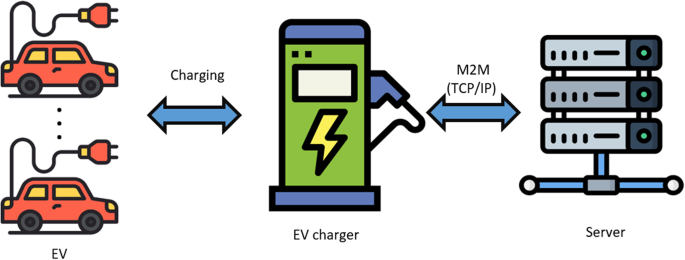To overcome climate change and achieve carbon neutrality, the transportation sector is undergoing an energy load shift, and there have been discussions and proposals in many countries to phase out the production and use of internal combustion engines over the next few decades. For example, targets have been set in Norway to ban new sales of petrol and diesel vehicles by 2025, in the UK by 2030, and in California by 2035, and major vehicle manufacturers have announced plans to eliminate the internal combustion engine and introduce electric or other alternative powertrains in the coming years1,2. In addition, in the EU, all new passenger and commercial cars registered in Europe must achieve zero emission by 2035. As an intermediate step, ‘Fit for 55’, which refers to the reductions of 55% and 50% in carbon emissions for new cars and vans respectively by 2030, was adopted3,4.
Under international consensus, manufacturing systems are being modified to increase the production of electric vehicles (EVs) and sales prices are being reduced to encourage the uptake of EVs without relying on promotions5,6. EV chargers are also being developed and demonstrated to provide services related to power system operations, such as power reserve and volatility response7,8,9. Charging rates and service designs are being considered to reflect the price sensitivity of EV users and the transaction cost characteristics of renewable energy in wholesale electricity markets10,11,12.
On the other hand, there are several concerns within the aforementioned industry sentiment. Firstly, the disproportionate proliferation of EVs dramatically increases the electricity demand on the distributed power system. The power consumed to charge a single EV is comparable to the power consumption of 20 conventional households, and by 2030, the power system energy will be increased globally by 525–860TWh following expected EV penetration rates13,14. In particular, without an analysis of the charging behaviours of EVs, not only is it difficult to utilise them as a demand resource to respond to the variability of renewable energy, but it also adds to the uncertainty of system net load forecasts13,15. Unfortunately, in previous studies, data obtained from just a small number of volunteers under experimental conditions were publicly available with only limited information, as shown in Table 116,17,18,19,20,21.
Furthermore, data-driven behavioural characterisation is required for decision-making and coordination of stakeholders such as manufacturers, charging operators, and power system operators involved in the economic planning of EV and charger proliferation. At the same time, there is a need to improve social awareness of EV user inconveniences22,23,24,25,26. Although methods to generate meaningful data have been studied as shown in Table 227,28,29,30,31,32,33,34,35, the data generated through experiments have clear limitations for an empirical behavioural analysis.
Therefore, in this paper, the authors present a dataset of charging sessions that is large enough to allow for analysis from both the EV charger and user perspectives, specifically including identification information and location categories. To account for seasonality, the data consists of sessions that occurred during the annual commercial operation period. Accordingly, the resulting dataset is a unique and valuable consideration in several analyses, including
-
Service businesses based on customer inconvenience estimates and forecasts and cost-effectiveness calculations, including time-varying charging rates and reservation services
-
Charger installation siting design based on analyses of charger location information
-
Design of power demand transaction markets, programmes, tariffs, and incentives to promote load shifts and respond to renewable energy variability
-
Long-term investment planning for infrastructure, including distribution grids and charging stations
[ad_2]
Source link




